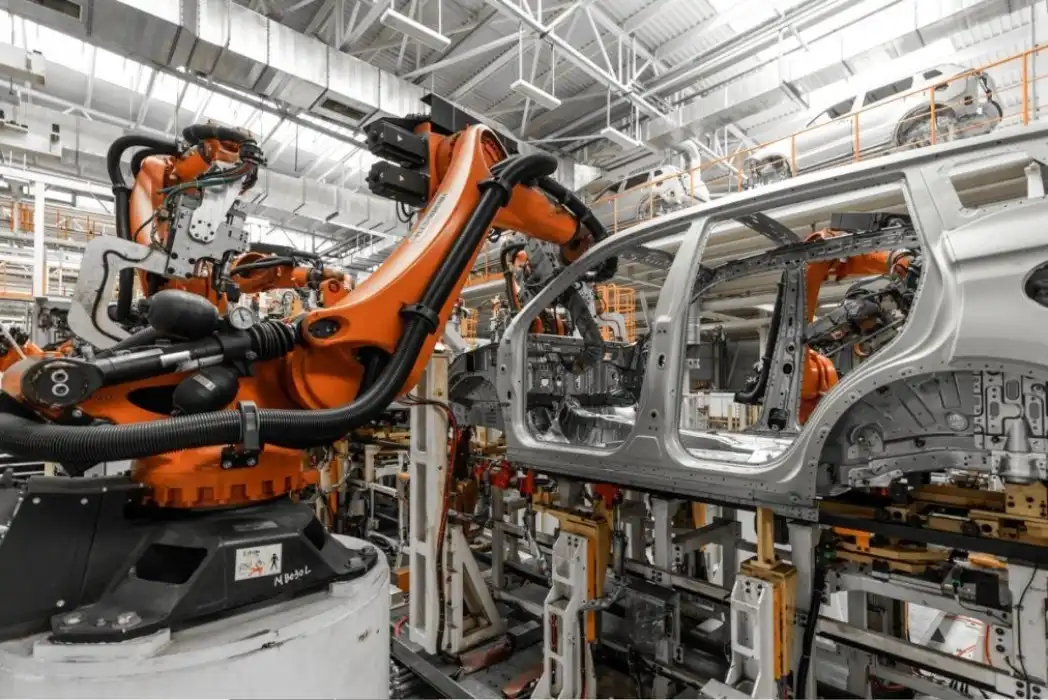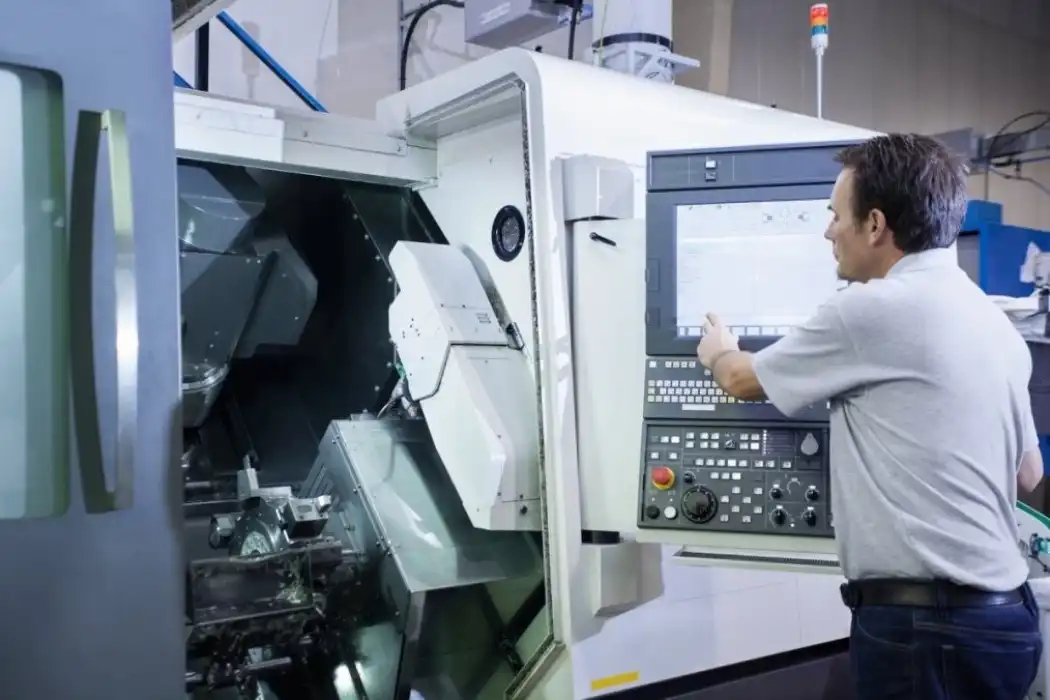Essential Techniques for Optimizing Sheet Metal Welding
Selecting the Right Welding Process
Choosing the appropriate welding process is paramount when optimizing sheet metal fabrication. Different methods, such as MIG (Metal Inert Gas), TIG (Tungsten Inert Gas), and resistance welding, each have their strengths and ideal applications. MIG welding, for instance, is often preferred for its versatility and speed, making it suitable for a wide range of sheet metal thicknesses. TIG welding, while slower, offers precise control and is excellent for thin materials or when aesthetics are crucial. Resistance welding, particularly spot welding, is highly efficient for joining overlapping sheets quickly.
Material Compatibility and Preparation
The success of sheet metal welding largely depends on material compatibility and proper preparation. Different metals have varying welding characteristics, and it's essential to understand how they behave under heat. For example, stainless steel requires specific techniques to prevent sensitization and maintain corrosion resistance. Aluminum, being highly thermal conductive, needs preheating and specialized equipment. Proper cleaning and preparation of the metal surfaces are also critical. Removing contaminants, oxides, and oils ensures a clean weld and reduces the risk of defects like porosity or lack of fusion.

Optimizing Weld Parameters
Fine-tuning weld parameters is a critical step in optimizing sheet metal welding. This includes adjusting voltage, amperage, wire feed speed, and travel speed. For thin sheet metal, lower heat input is generally preferred to prevent warping or burn-through. Pulse welding techniques can help control heat input while maintaining good penetration. Weld sequencing and balancing heat distribution are also important considerations, especially for large or complex assemblies. Implementing automated welding systems can significantly improve parameter consistency and overall weld quality.
Advanced Strategies for Enhancing Weld Quality and Efficiency
Implementing Automated Welding Systems
Automation plays a crucial role in optimizing sheet metal welding processes. Robotic welding systems offer unparalleled precision, consistency, and speed, making them ideal for high-volume production. These systems can maintain exact welding parameters throughout long production runs, reducing human error and fatigue-related issues. Advanced sensors and vision systems allow robots to adapt to variations in part positioning or joint geometry, further enhancing weld quality. Collaborative robots, or cobots, are also gaining popularity, offering flexibility and ease of programming for smaller batch productions or frequently changing part designs.
Utilizing Advanced Welding Technologies
Embracing cutting-edge welding technologies, particularly sheet metal welding, can significantly improve sheet metal fabrication outcomes. Laser welding, for instance, offers exceptionally high precision and low heat input, making it ideal for thin materials or heat-sensitive components. Electron beam welding, while requiring a vacuum environment, provides deep penetration and narrow welds, perfect for aerospace or medical device applications. Friction stir welding, a solid-state process, is excellent for joining dissimilar metals or materials that are challenging to weld conventionally. These advanced techniques can open new possibilities in design and material selection, leading to more innovative and efficient products.

Optimizing Fixture Design and Workholding
Proper fixture design and workholding strategies are often overlooked aspects of sheet metal welding optimization. Well-designed fixtures ensure consistent part positioning, reduce distortion, and improve overall weld quality. Modular fixturing systems offer flexibility for different part configurations while maintaining precision. Vacuum tables or electromagnetic clamping can provide secure holding without interfering with weld access. For complex assemblies, 3D-printed jigs or fixtures can be rapidly prototyped, allowing for quick design iterations and reduced setup times. Efficient workholding not only improves weld quality but also enhances overall production efficiency by reducing setup and changeover times.
Quality Control and Continuous Improvement in Sheet Metal Welding
Implementing Robust Quality Assurance Processes
Ensuring consistent weld quality requires a comprehensive quality assurance system. Non-destructive testing (NDT) methods such as visual inspection, ultrasonic testing, and radiographic examination play crucial roles in identifying weld defects. Implementing in-process monitoring systems can detect anomalies in real-time, allowing for immediate corrective actions. Statistical process control (SPC) techniques help track weld quality trends over time, enabling proactive adjustments to maintain optimal performance. Regular calibration and maintenance of welding equipment are also essential for consistent results. By establishing clear quality standards and procedures, manufacturers can significantly reduce defects and rework, leading to improved product reliability and customer satisfaction.
Training and Skill Development for Welders
The human element remains crucial in sheet metal welding, even with increasing automation. Investing in comprehensive training programs for welders is essential for optimizing the welding process. This includes not only developing technical skills but also fostering an understanding of metallurgy, weld design, and quality control principles. Regular skill assessments and certifications ensure that welders maintain high standards of workmanship. Cross-training in different welding processes and materials expands the versatility of the workforce. Additionally, involving welders in continuous improvement initiatives can lead to valuable insights and innovations in the welding process.

Leveraging Data Analytics for Process Optimization
In the era of Industry 4.0, data analytics plays a pivotal role in optimizing sheet metal welding processes. By collecting and analyzing data from welding equipment, quality control systems, and production metrics, manufacturers can gain deep insights into their operations. Machine learning algorithms can identify patterns and correlations that may not be apparent through traditional analysis, leading to predictive maintenance strategies and process optimizations. Digital twin technology allows for virtual simulation and optimization of welding processes before physical implementation. By embracing a data-driven approach, companies can continuously refine their welding operations, reducing costs and improving quality over time.
Conclusion
Optimizing sheet metal welding for durable fabrication projects is a multifaceted endeavor that requires a holistic approach. By implementing advanced techniques, leveraging cutting-edge technologies, and maintaining a strong focus on quality control and continuous improvement, manufacturers can achieve superior results in their sheet metal fabrication processes. The key lies in balancing technical expertise with innovative strategies, always keeping an eye on efficiency and product quality. As the industry continues to evolve, staying abreast of new developments and consistently refining welding practices will be crucial for maintaining a competitive edge in the world of sheet metal fabrication.
FAQs
What are the most common challenges in sheet metal welding?
Common challenges include controlling heat input to prevent warping, ensuring proper fitup of parts, managing material compatibility, and maintaining consistent weld quality across large production runs.
How does automation impact sheet metal welding quality?
Automation improves consistency, precision, and speed in welding processes, leading to higher quality welds and increased productivity.
What are the key factors in choosing the right welding process for sheet metal?
Key factors include material thickness, type of metal, required weld strength, production volume, and aesthetic requirements of the final product.
Expert Sheet Metal Welding Solutions | BOEN
At BOEN Prototype, we specialize in delivering high-quality sheet metal welding solutions for prototypes and low-volume production. Our state-of-the-art facilities and expert team ensure optimal results for your fabrication projects. With our comprehensive range of welding techniques and advanced quality control processes, we guarantee durable and precise outcomes. Contact our experienced engineers at contact@boenrapid.com to discuss your unique sheet metal welding requirements and discover how our factory can elevate your manufacturing process.
References
1. Johnson, A. R. (2022). Advanced Techniques in Sheet Metal Welding. Journal of Manufacturing Technology, 45(3), 278-295.
2. Smith, L. K., & Brown, T. H. (2021). Optimization of Automated Welding Systems for Sheet Metal Fabrication. International Journal of Robotics and Automation, 36(2), 112-128.
3. Zhang, Y., et al. (2023). Quality Control Strategies in Modern Sheet Metal Welding. Quality Engineering, 55(4), 401-418.
4. Anderson, M. E. (2022). Advances in Non-Destructive Testing for Weld Inspection. Materials Evaluation, 80(5), 622-637.
5. Lee, S. H., & Park, J. W. (2021). Data-Driven Approaches to Sheet Metal Welding Process Optimization. Journal of Intelligent Manufacturing, 32(3), 789-805.
6. Thompson, R. D. (2023). Sustainable Practices in Sheet Metal Welding and Fabrication. Journal of Cleaner Production, 375, 134081.





